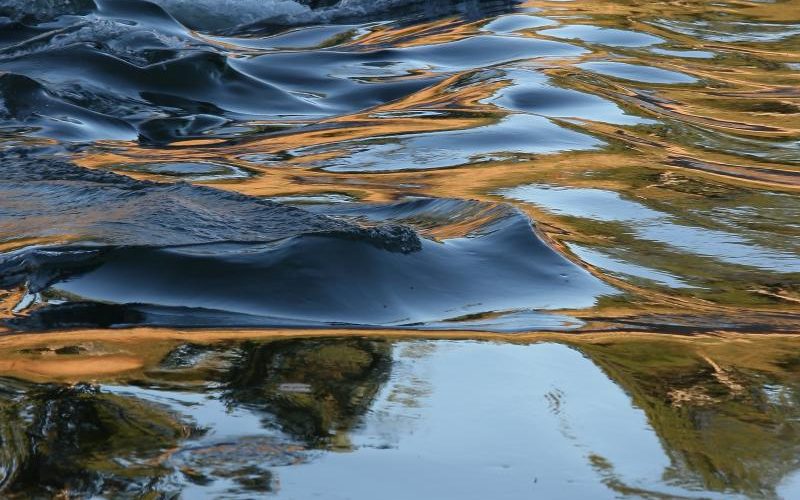
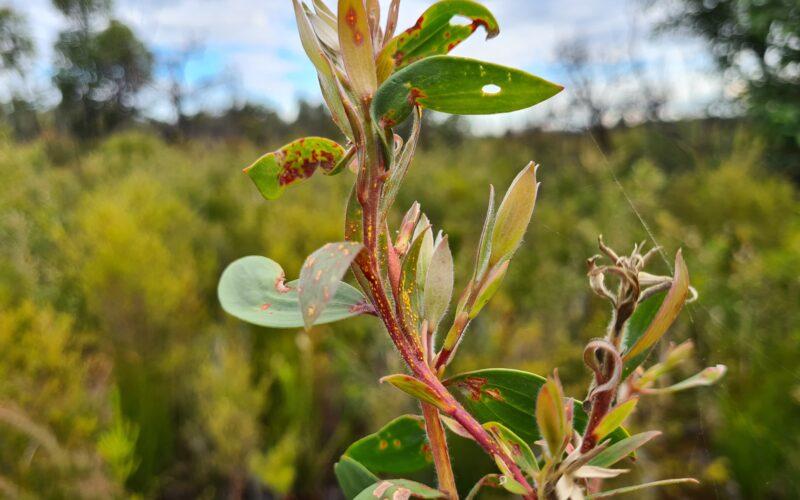
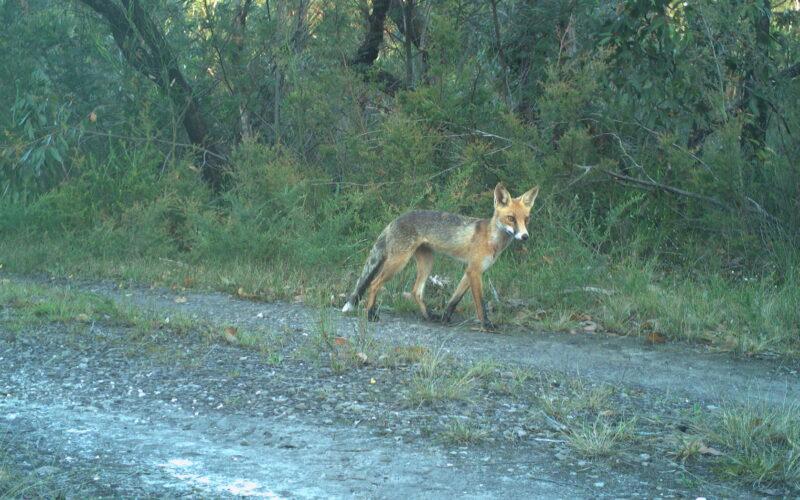
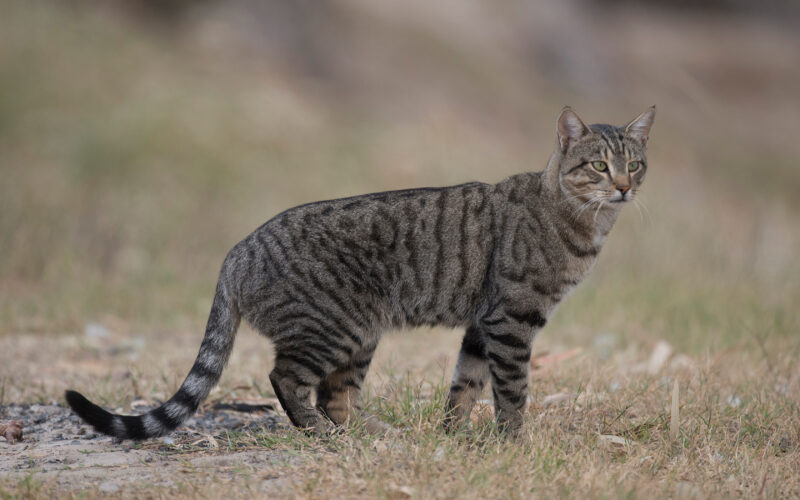

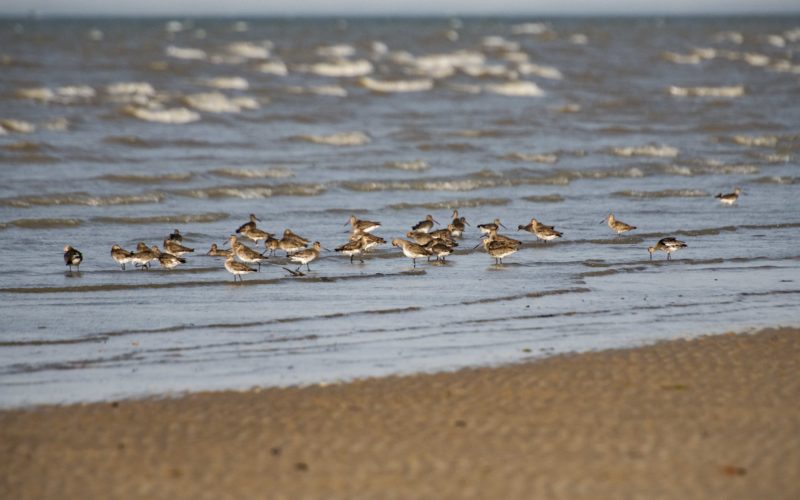
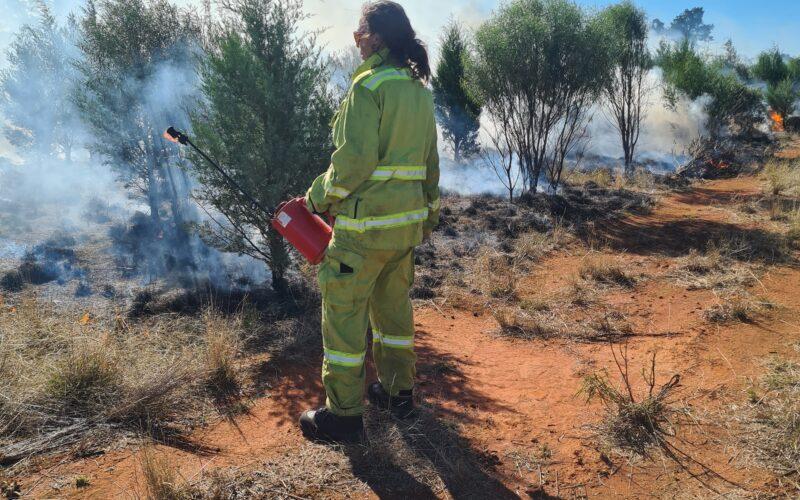

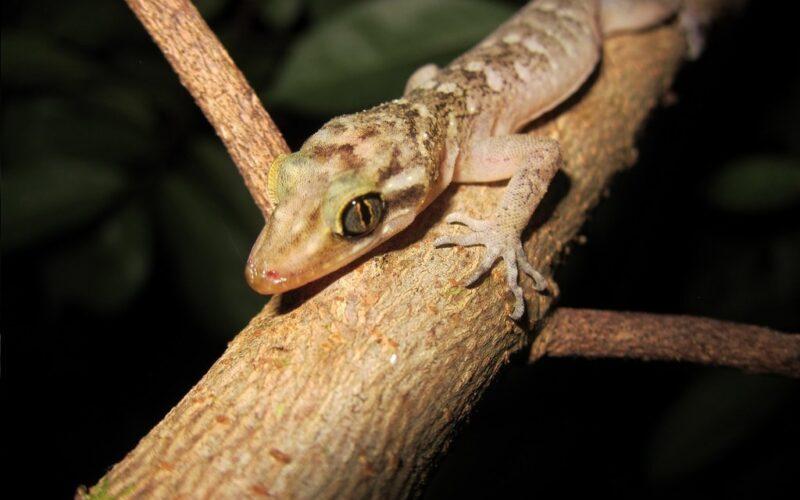

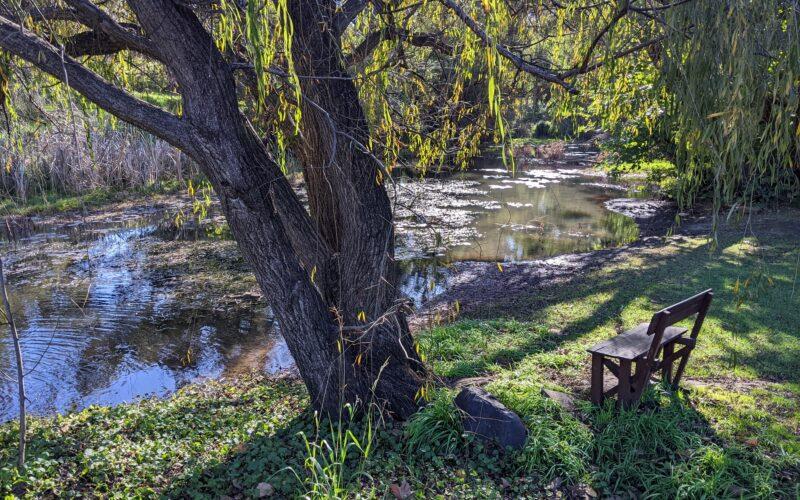
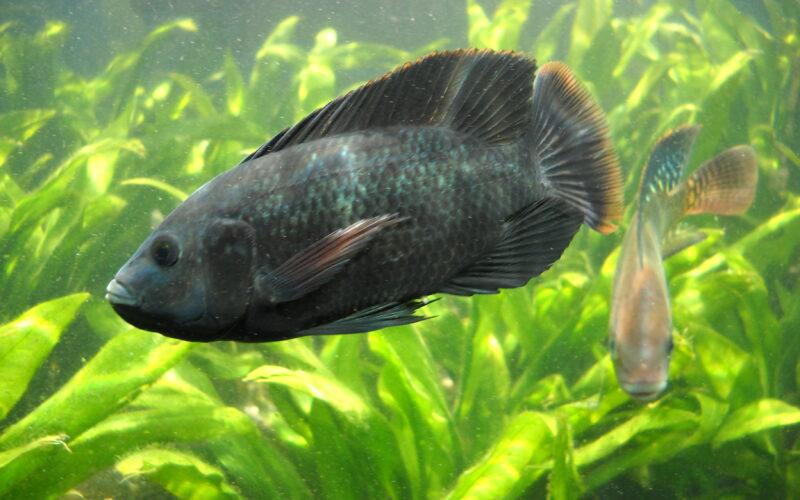
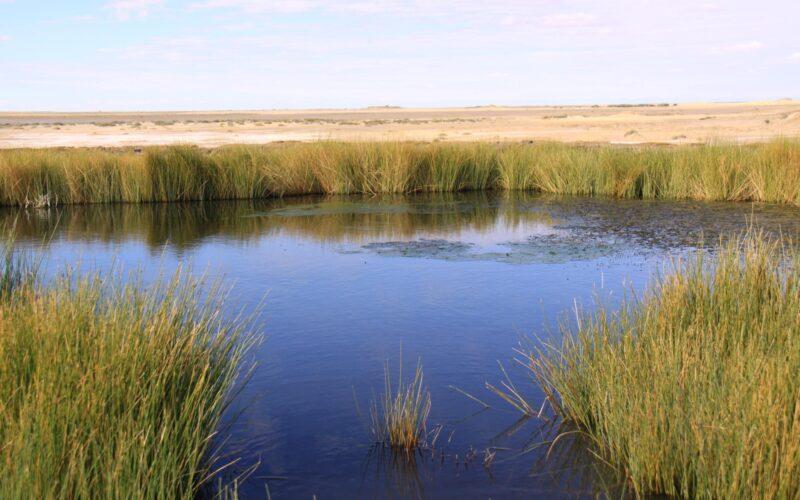
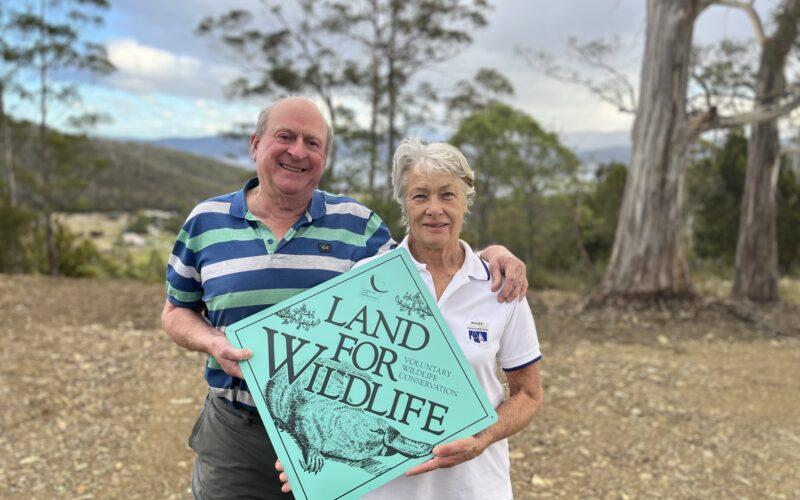
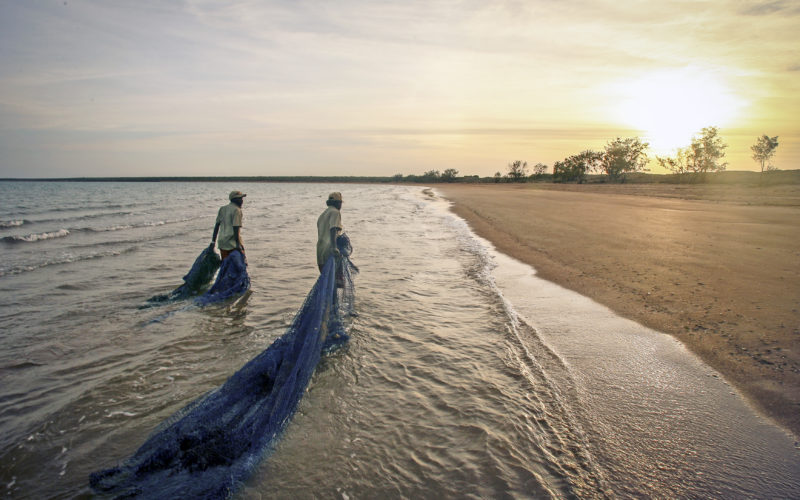
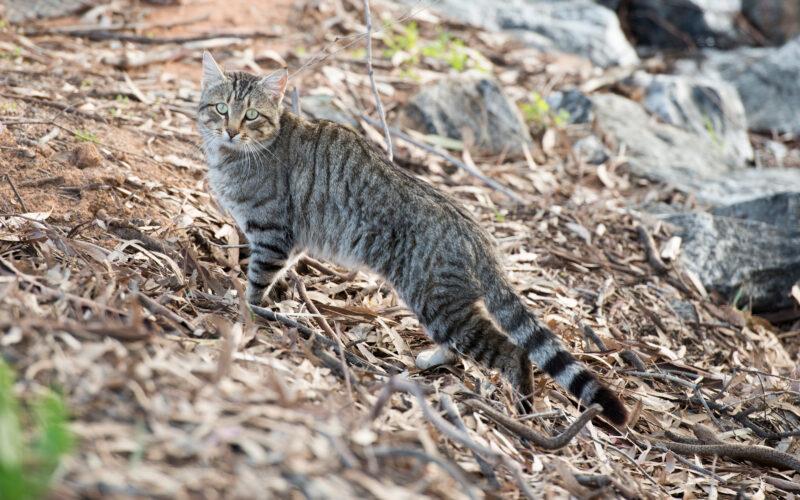



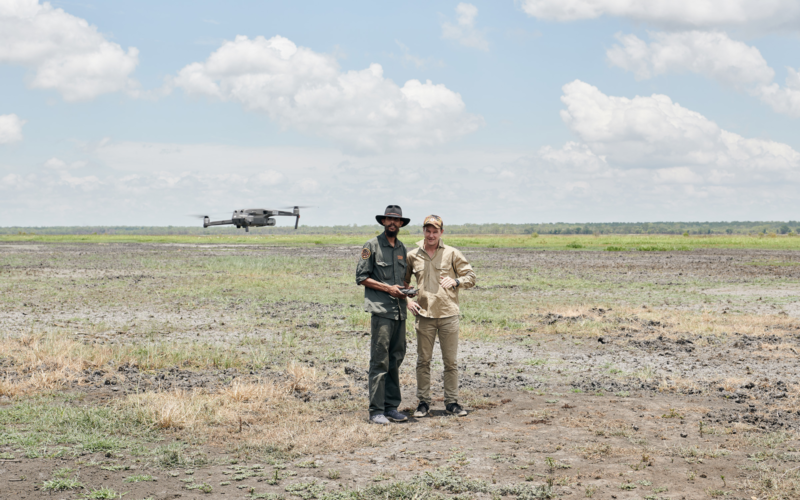


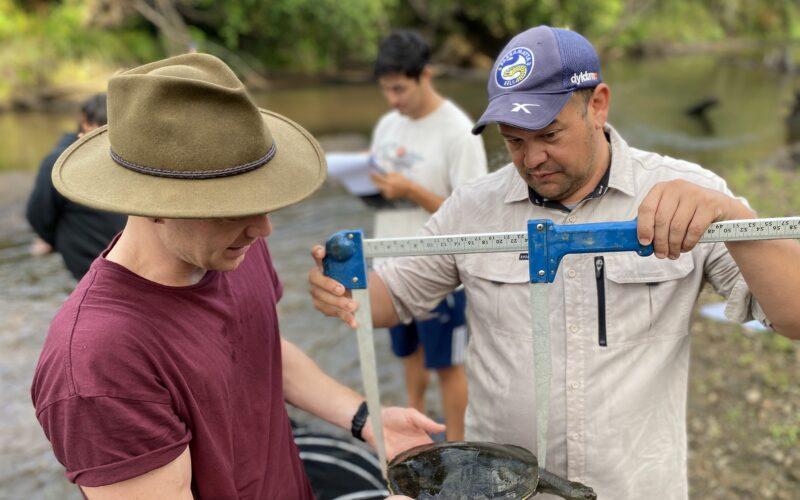

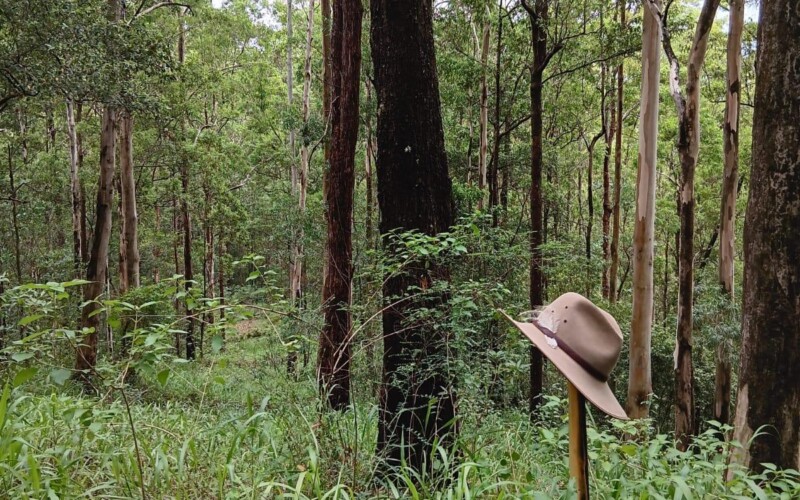
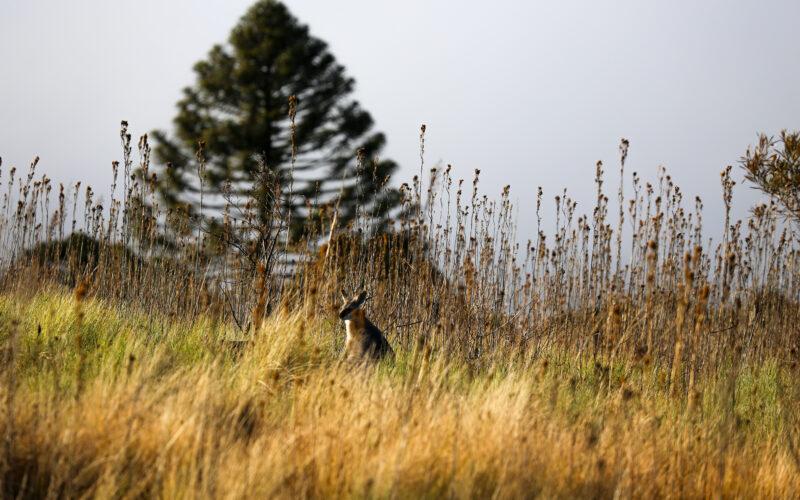
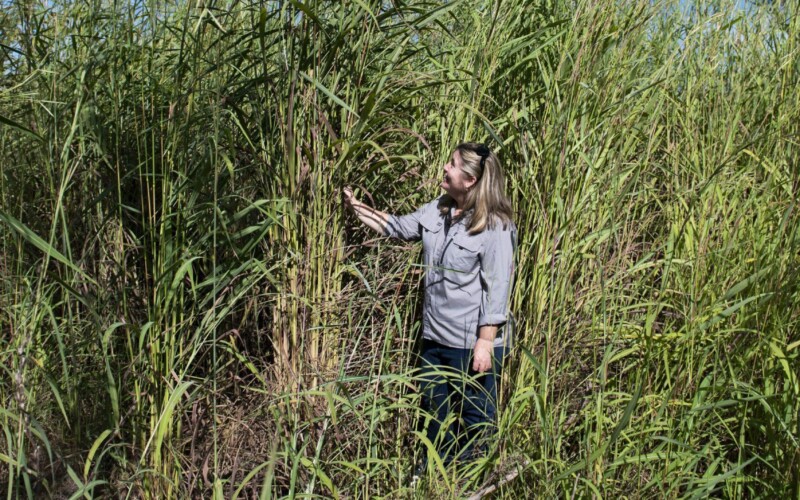
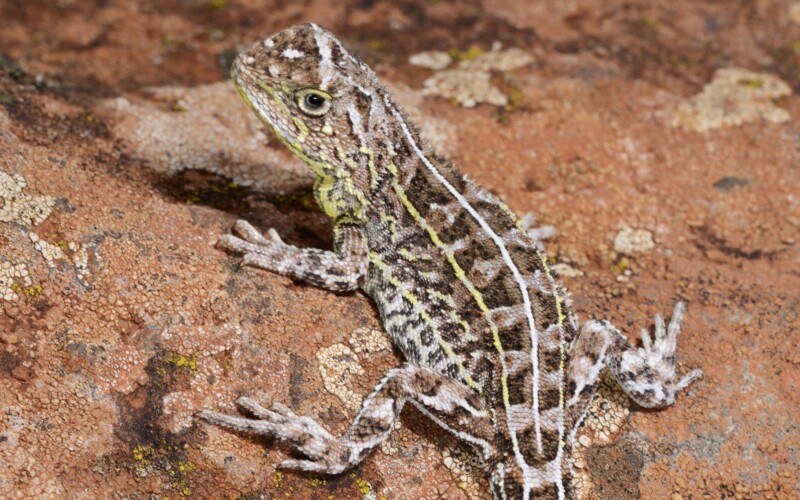
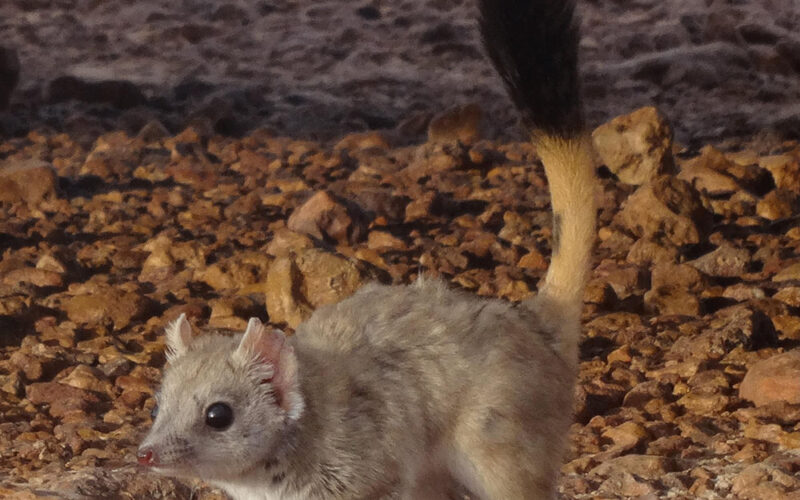
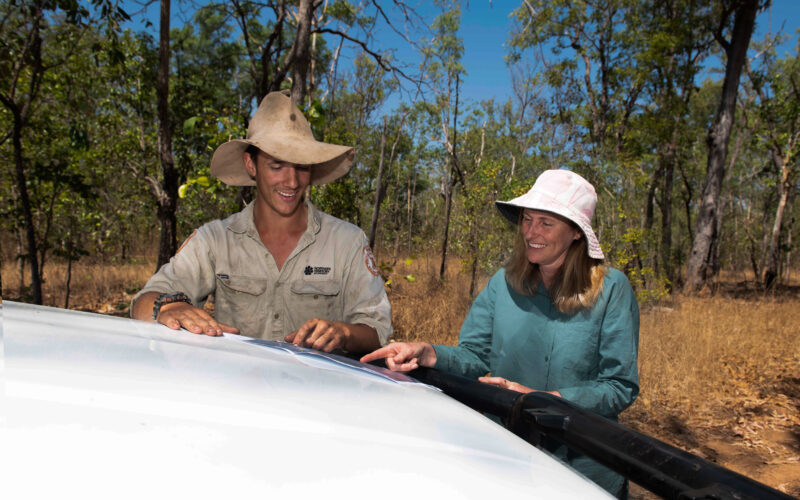
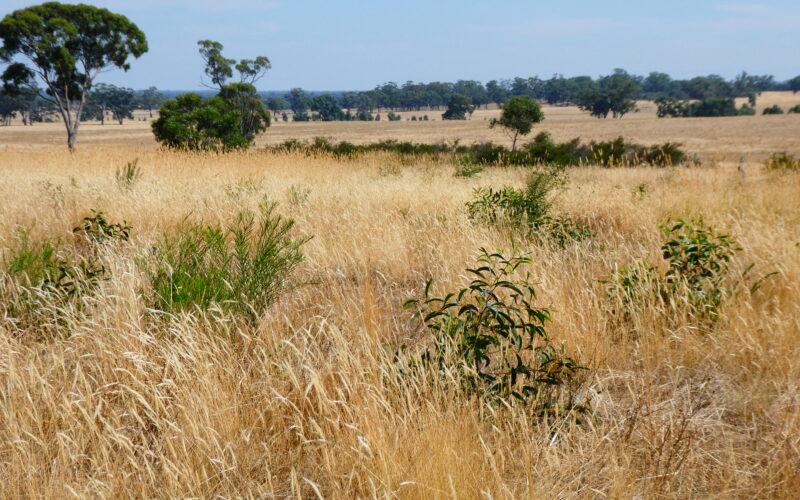
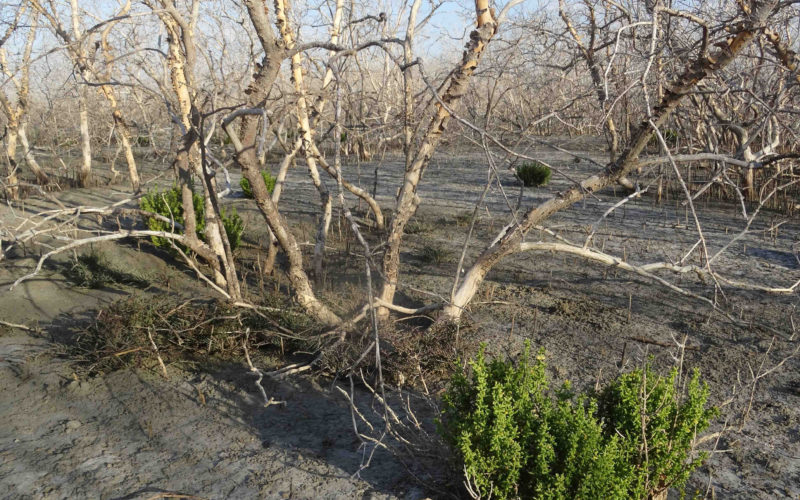

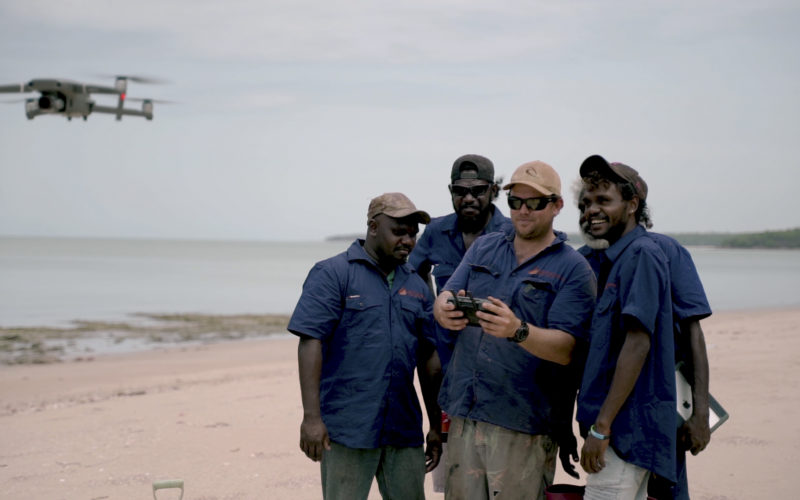
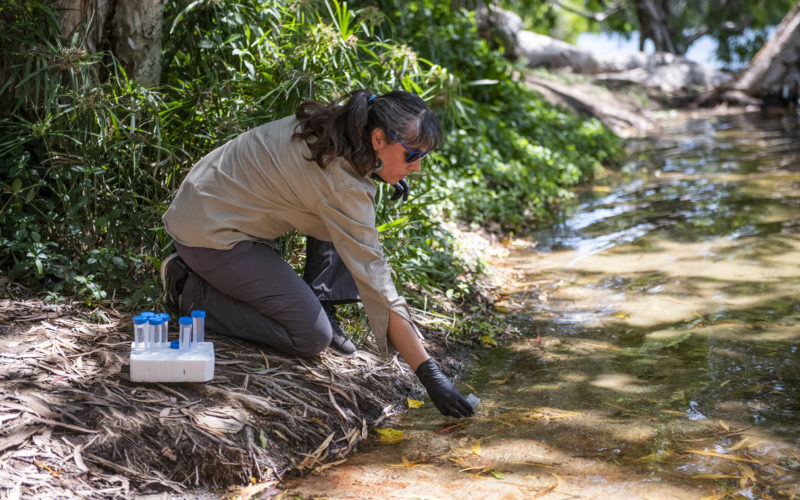
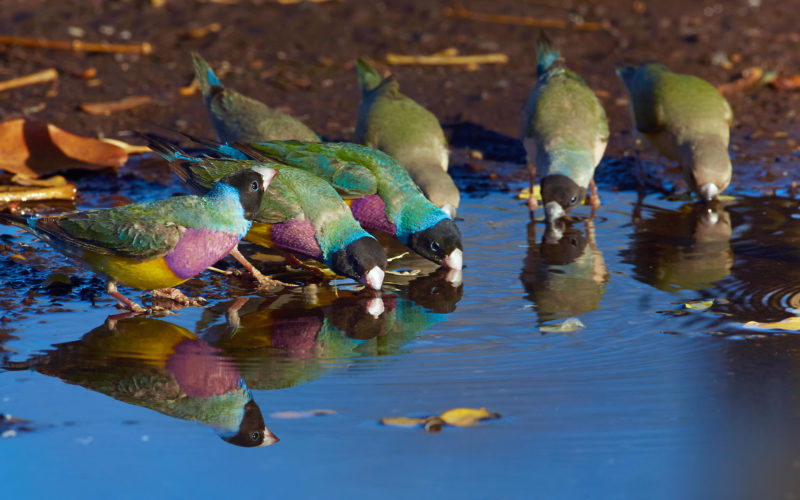
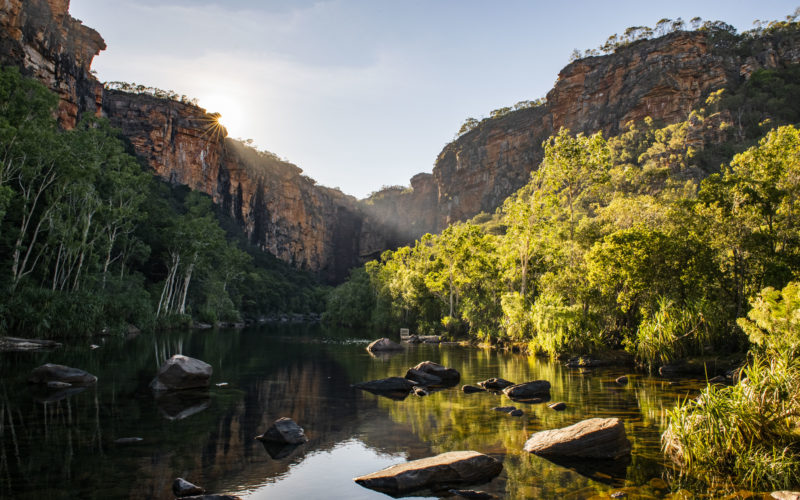
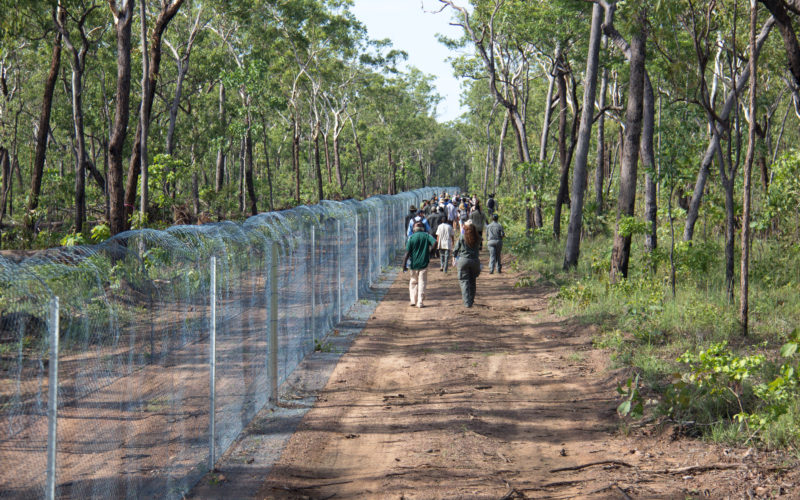
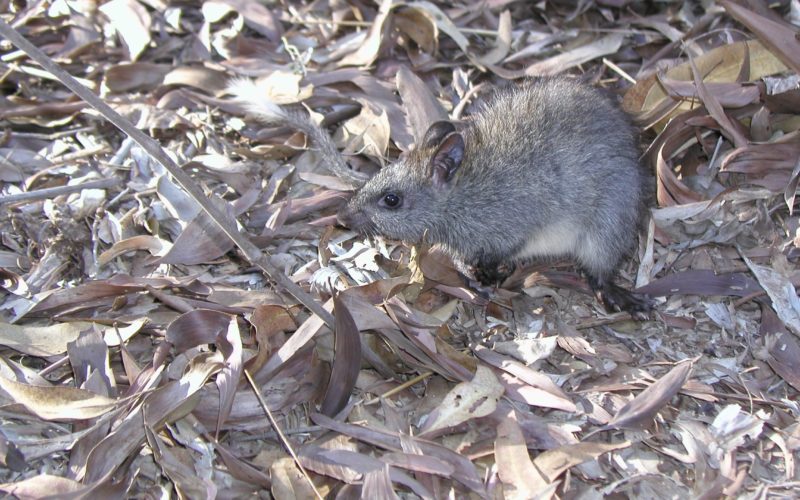
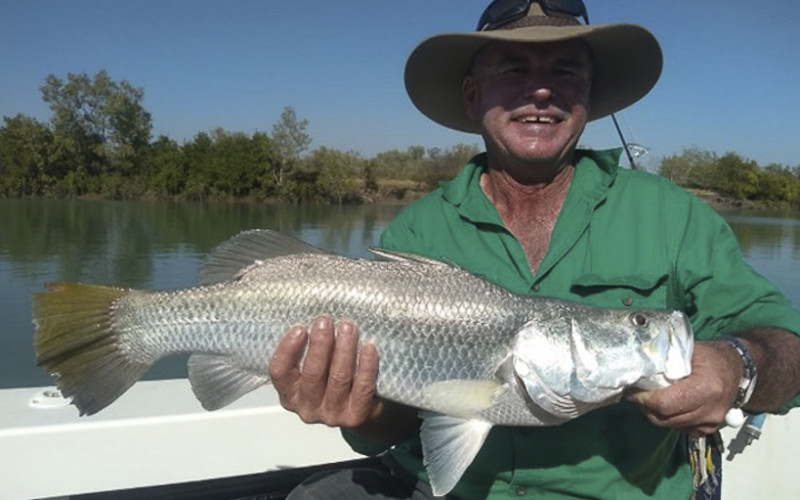
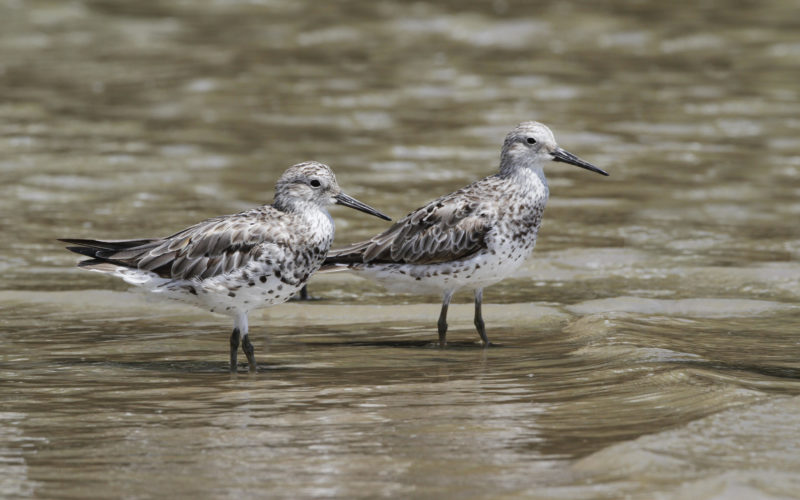
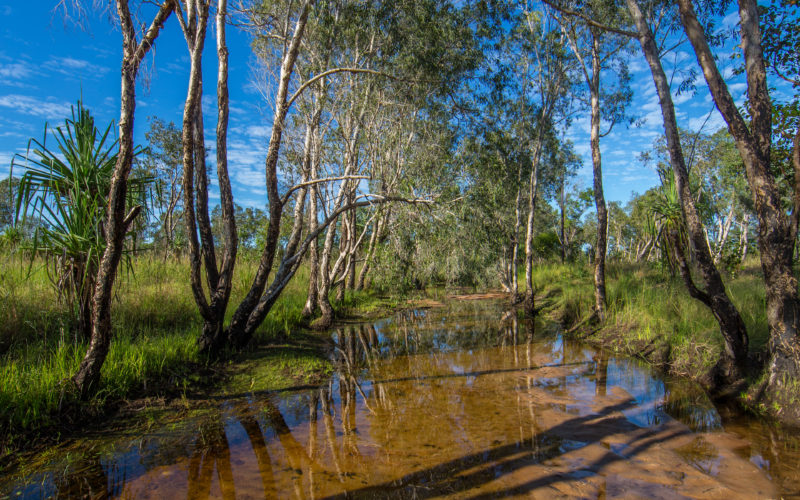

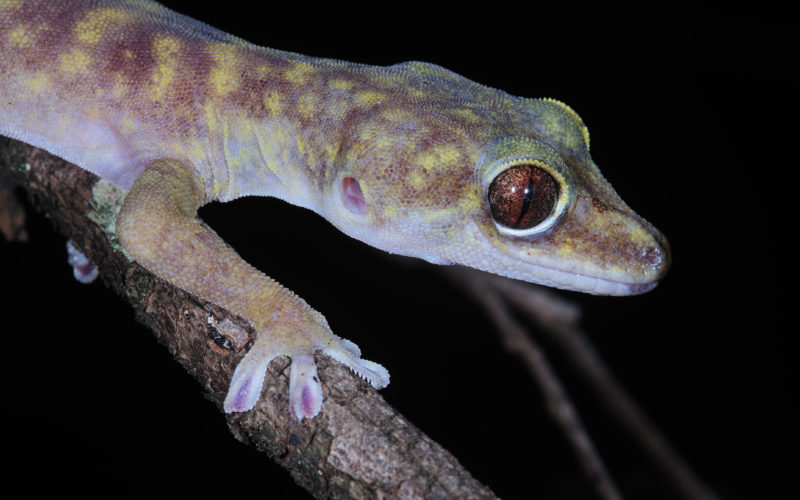
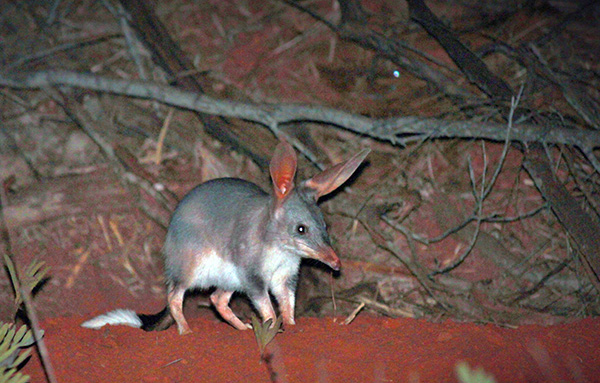
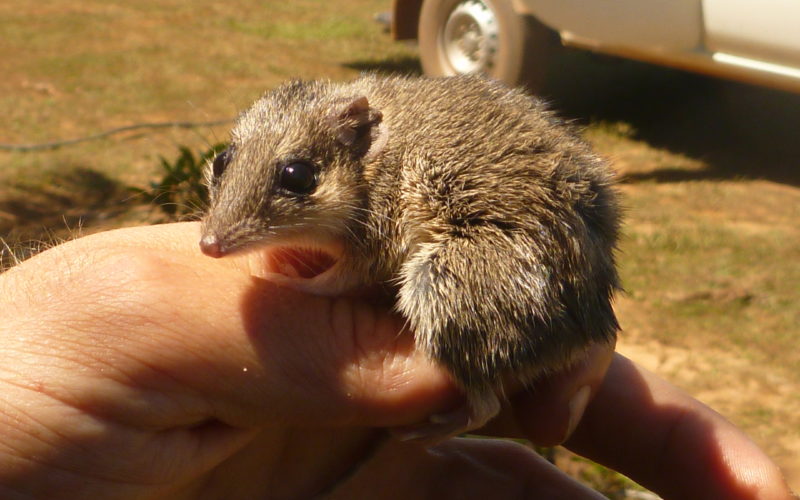
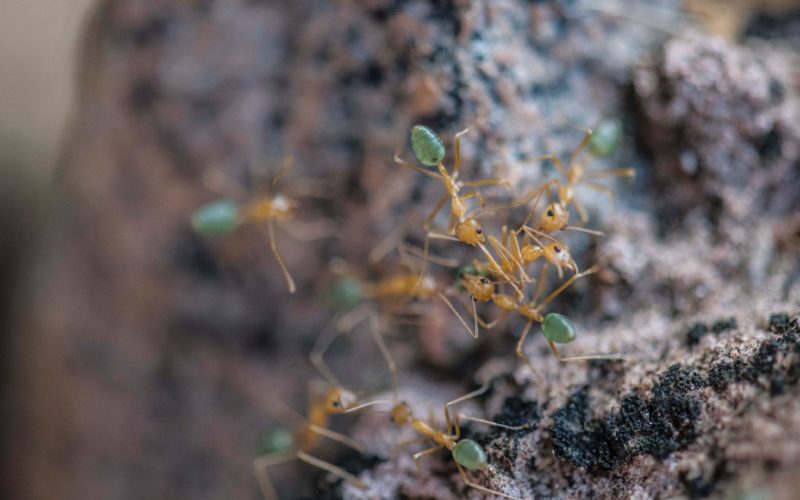
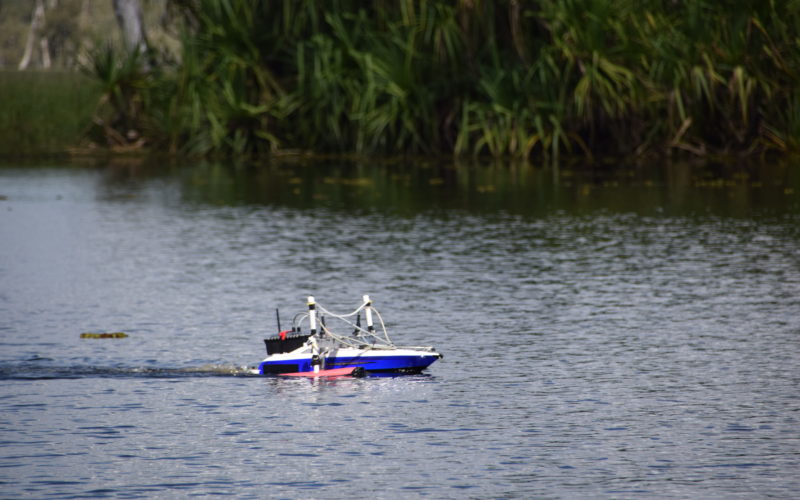

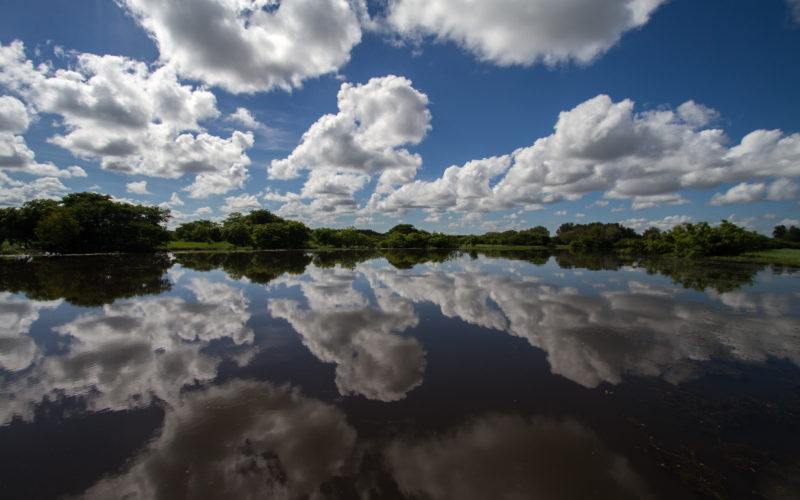
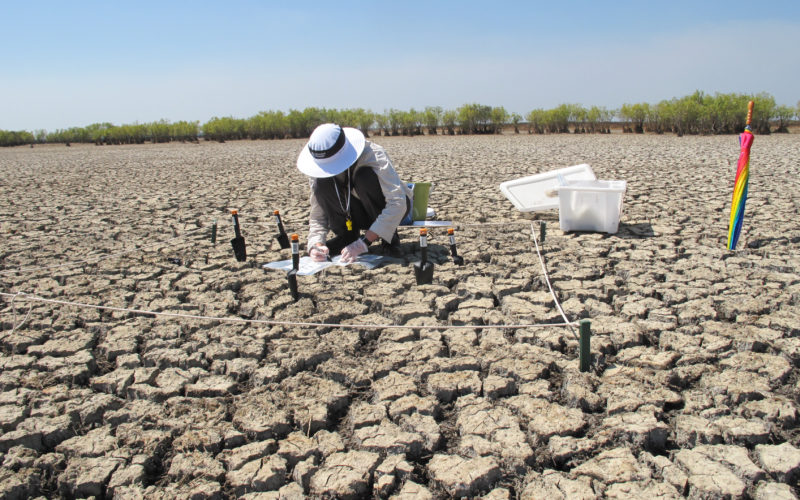
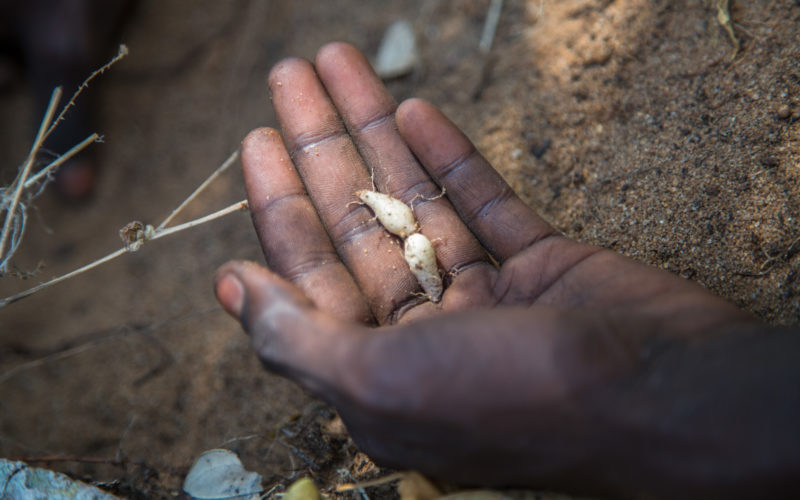
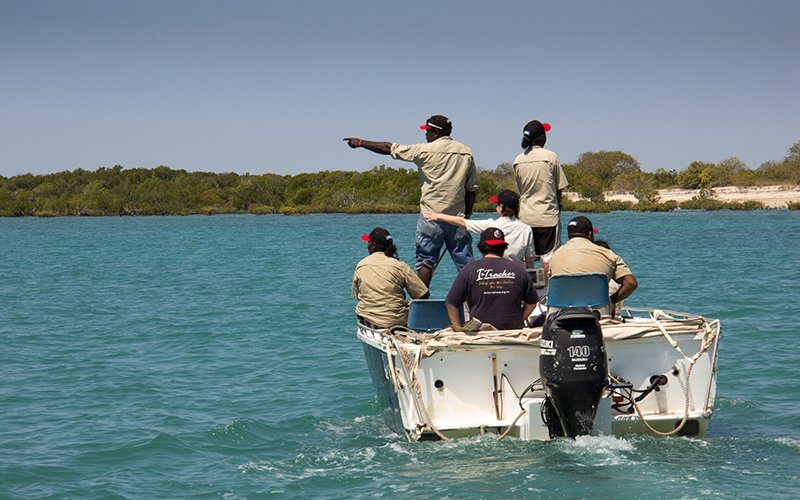
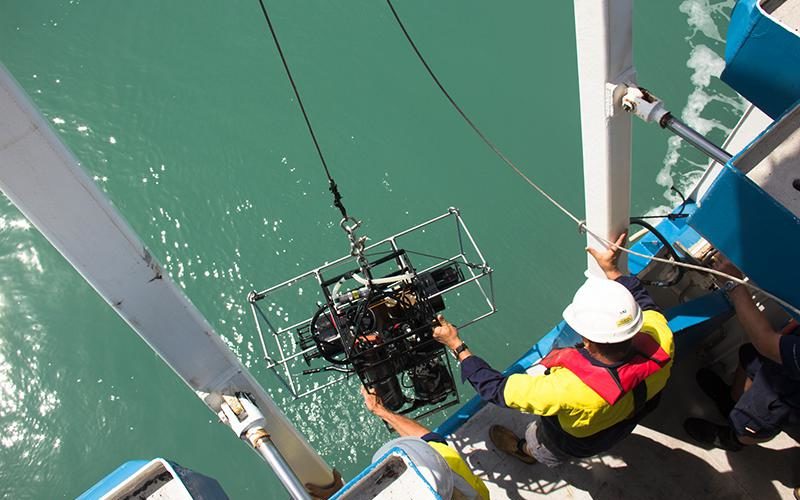
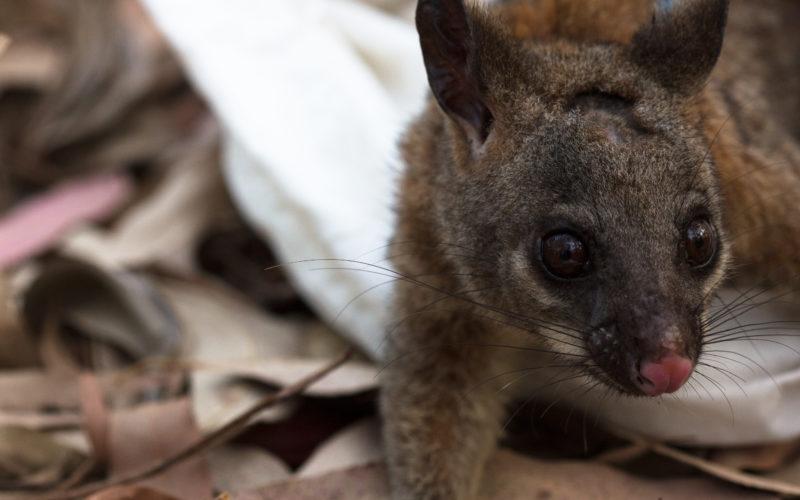

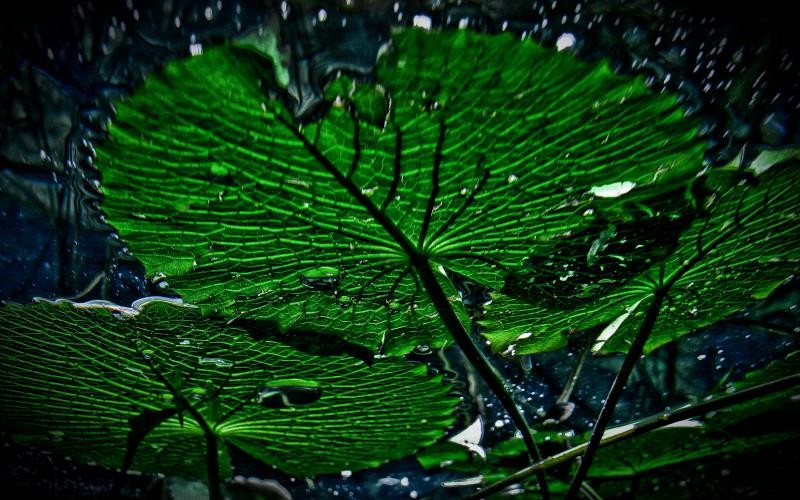
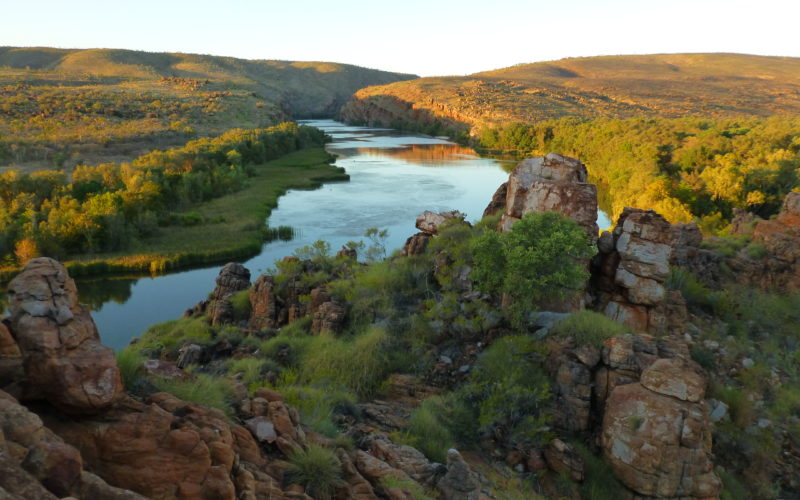
monitoring
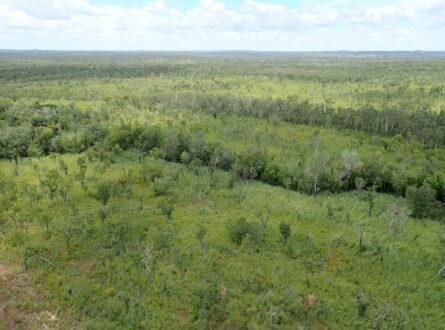
Invasive grasses have significant impacts on fire regimes and biodiversity across northern Australia. Some invasive grasses are now widespread, representing a significant […]
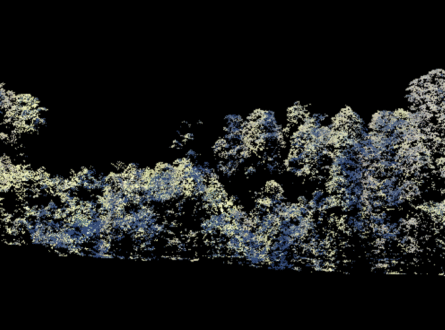
Game changing new research has measured individual tree heights across 3.1 million hectares in the New South Wales Northern Rivers […]

Researchers testing innovative technology to control feral cats and foxes in the south-west of Western Australia have attached global positioning […]

The first Indigenous-led Research Strategy for Kakadu National Park has been released, to protect the unique World Heritage listed property […]
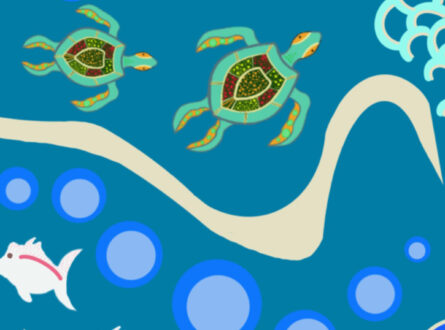
The 32nd International Congress for Conservation Biology (ICCB 2025) hosted by the Society for Conservation Biology Oceania Region, takes place in Meanjin […]
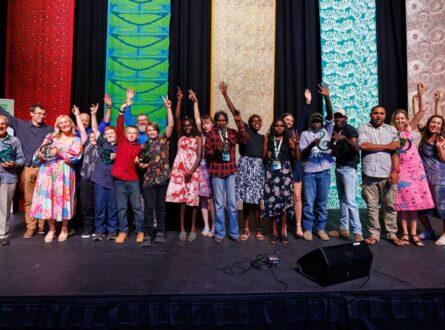
The Digital Women Ranger Program has been recognised at the 2024 Northern Territory (NT) Natural Resource Management Awards. The team […]

For the first time, researchers from Griffith University and funded by the hub have deployed 23 “cod logs” into the […]
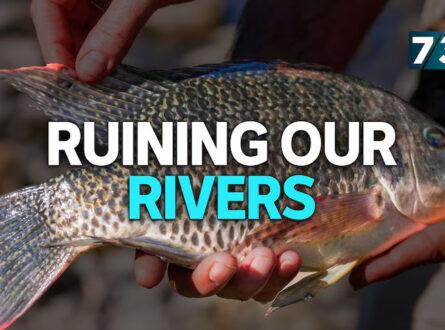
Professor Mark Kennard recently featured on ABC’s 7.30 report where he spoke about the number of tilapia found during the […]
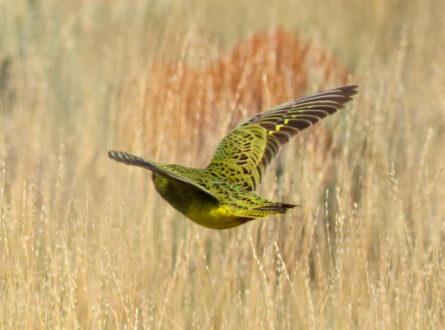
This article by Dr Rachel Paltridge (Indigenous Desert Alliance), Ngururrpa Ranger Clifford Sunfly, and Postdoctoral Research Fellow Nicholas Leseberg (School […]
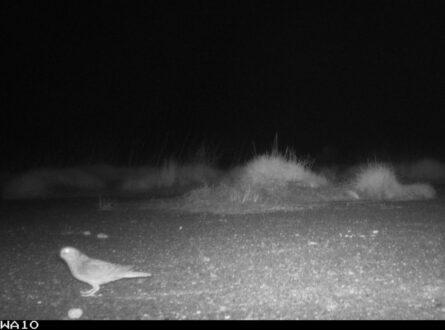
The night parrot is one of the rarest birds in Australia, but new research led by Indigenous rangers reveals that a stronghold […]
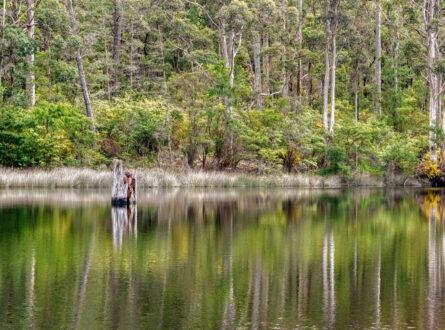
Hub leader, Professor Michael Douglas recently spoke about a drying climate at ‘Facing the Big Dry’, an Environmental Sundowner Series […]
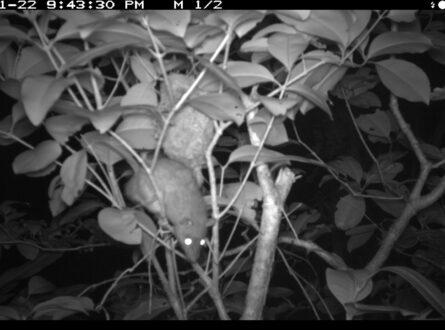
Scientists have completed their first field trip to Norfolk Island as part of a NESP Resilient Landscapes Hub project which […]
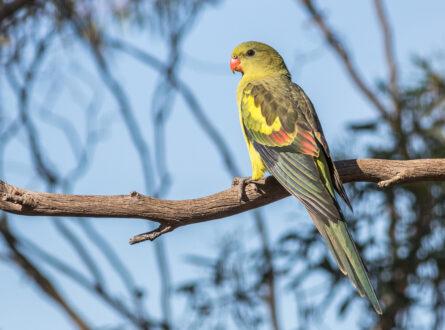
Resilient Landscapes Hub newsletter (July 2024) The hub has now launched 13 new research projects for 2024. These projects have […]

The Resilient Landscapes Hub has launched 13 new research projects supporting conservation, threatened species and threatened ecological communities. We are […]
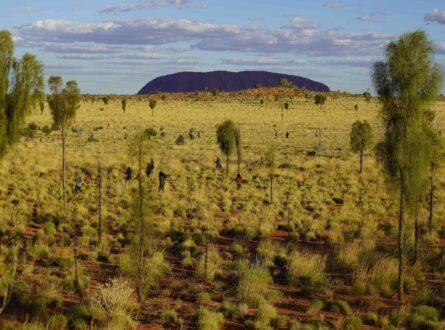
The search is on across Australia’s deserts for a culturally important vulnerable lizard: the tjakuṟa. So begins our story in […]

Scientists have finished their first field trip to Christmas Island to survey the endangered Christmas Island giant gecko – the […]
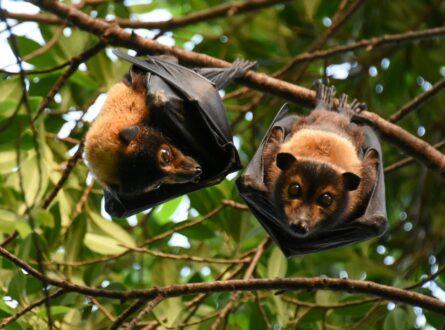
In a new hub-funded project, James Cook University scientists will be helping spectacled flying foxes survive heatwaves, after about one […]

A new report—’Digital Women Ranger Program‘—has been released as part of the Monitoring resilient landscapes project. Digital women rangers are […]
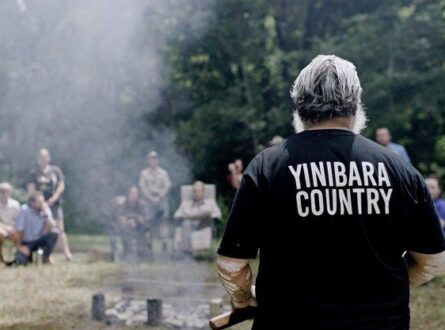
Our project partners, the Burnett Mary Regional Group, have just released a stunning 7-minute film about the iconic species living […]

Scientists from Griffith University and the Queensland Government have confirmed the identity of an unusual, ancient and Endangered species of […]
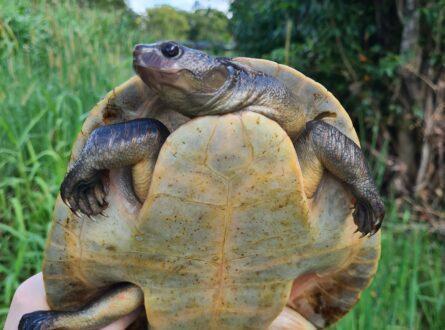
The hub’s Moonaboola (Mary River) research partnership has been featured on ABC radio and online. You can read the ABC […]

In the deserts of WA, Kiwirrkurra Rangers are using a two-way science approach to monitor and manage wild bilby, or […]
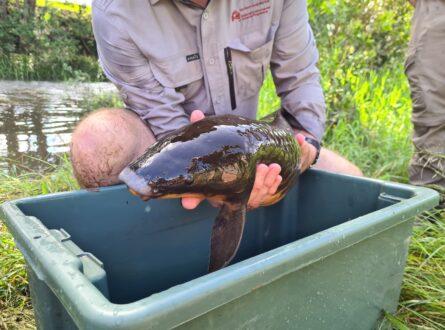
On the banks of the Moonaboola (Mary River) in Queensland, researchers held a special demonstration day this month. They showcased […]

Traditional Owners and Indigenous desert ranger groups from across an area spanning 500,000 km2 – 7 times the size of […]

The Resilient Landscapes Hub is launching 13 new research projects supporting conservation, threatened species and Indigenous-led research The hub has […]
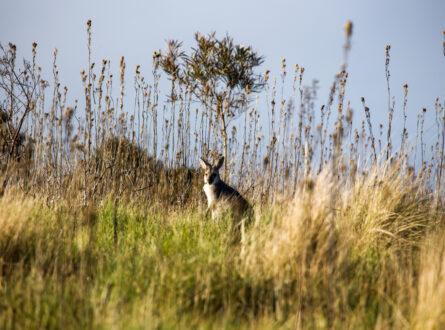
The Resilient Landscapes Hub has launched 13 new research projects supporting conservation, threatened species and Indigenous-led research The hub has […]
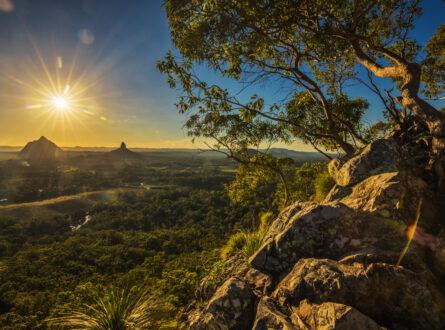
A lack of available funding is a constant problem plaguing environmental research. This often prevents researchers from being able collect […]

Workshop outcomes are informing the combination feral cat management practices. Predation from feral cats remains a major threat to many […]
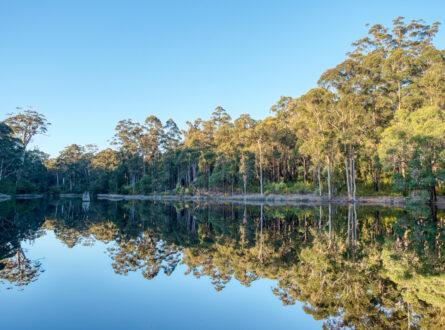
The Resilient Landscapes Hub’s third research plan is set to have big outcomes! With our third research plan now underway, […]
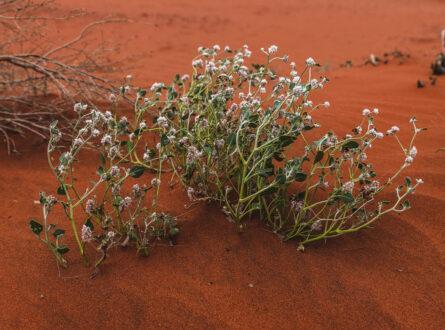
Nine new hub research projects are kicking off, which will see the Resilient Landscapes Hub make real-world impacts on improving […]
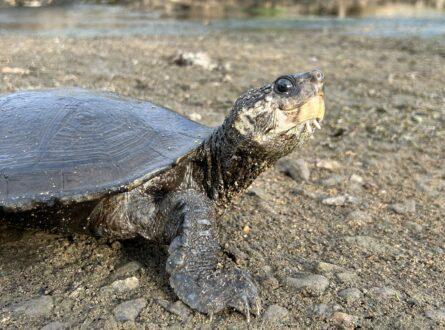
New funding for restoration research in the Moonaboola (Mary River) will help the river’s unique threatened species like the Australian […]
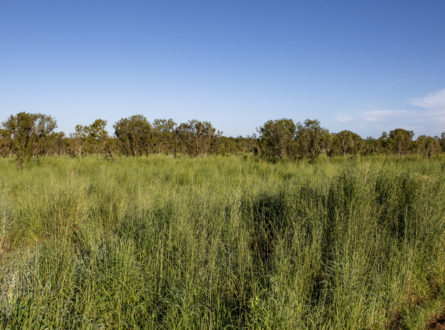
More than 2 decades of research into the invasive weed gamba grass has been showcased in a new website. Research […]
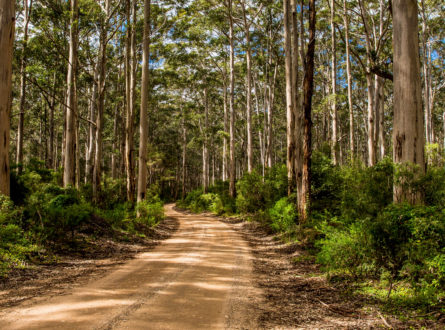
Springing into the Resilient Landscapes Hub second research plan! It’s with great enthusiasm that we launch our second annual research plan […]
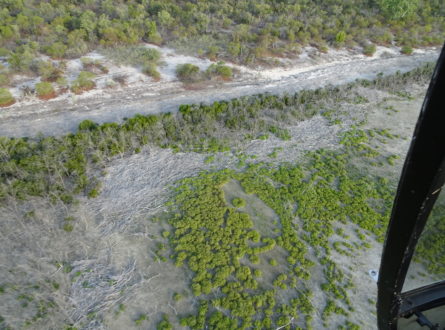
Read more from James Cook University here. Breakthrough research by James Cook University scientists has solved the mystery of the […]

Authors: Jane Thomas and Michael Douglas, Northern Australia Environmental Resources Hub, National Environmental Science Program Part of the West Kimberley […]
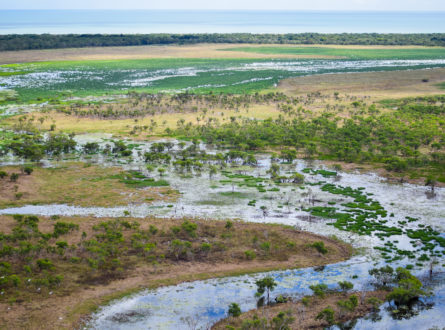
Authors: Patch Clapp and Justin Perry, Northern Australia Environmental Resources Hub, National Environmental Science Program A research collaboration on Cape […]
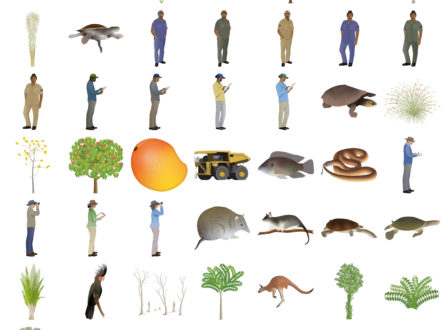
We’ve added more than 50 new symbols to our free symbol library! There are new symbols of Indigenous and non-Indigenous […]
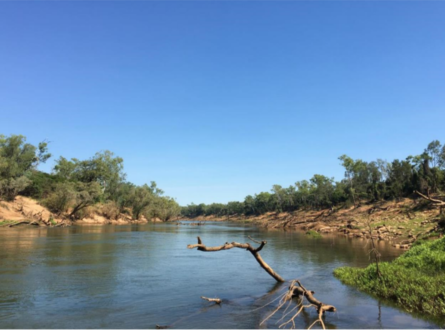
The Top End’s iconic Daly River is world-famous for its barramundi fishing. But being home to big barra is just […]
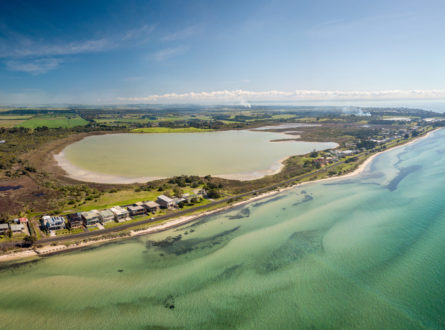
Regional planning considers future land use and facilitates conversations between stakeholders who might want to see land used differently. However, […]
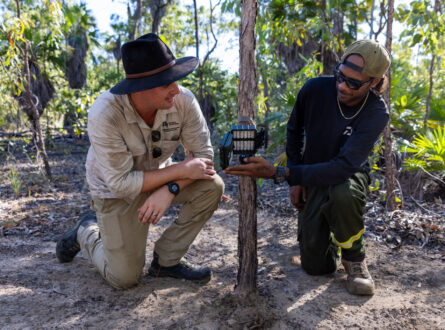
A First Nations-led project focusing on drone use guided by Traditional Owners in Kakadu National Park has developed protocols for […]
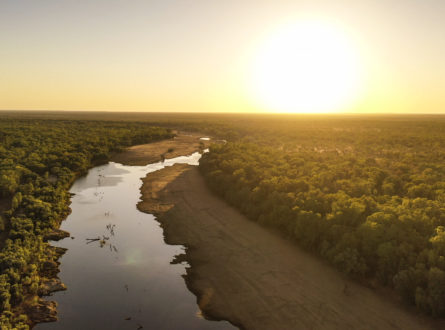
Final Northern Australia update – November 2021. Welcome to the last e-newsletter from the Northern Australia Environmental Resources Hub. The […]

Monitoring animals – where they occur, how many there are and what species – provides essential information for evaluating and reporting the health of an ecosystem. Monitoring also plays […]
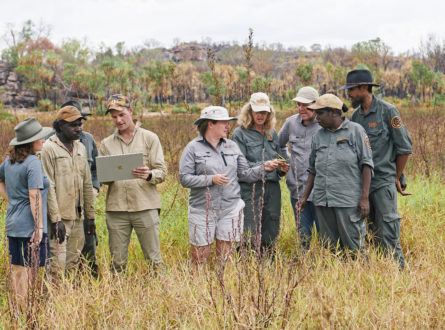
Welcome to the Resilient Landscapes Hub We’re delighted to launch the new website and first research plan for the Resilient […]
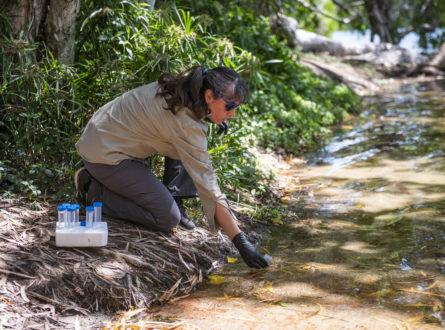
Scientists are using an innovative technique to detect endangered frogs a long way downstream from their mountainous, tropical homes in […]
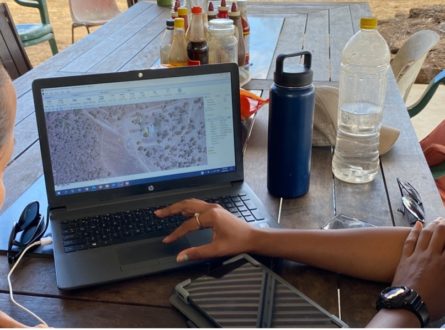
A new, $2.6 million, Indigenous-led program which aims to mobilise the latest digital technology for land and sea managers working […]

The Northern Australia Environmental Resources Hub addressed key research questions to come up with practical, on-ground solutions to some of […]
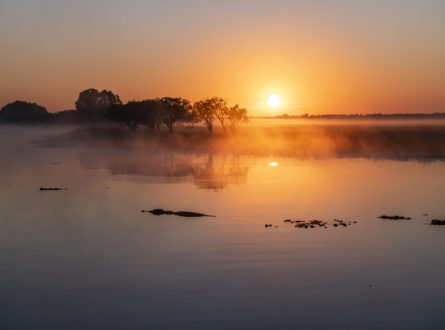
The NESP Northern Australia Environmental Resources Hub has had impact across four broad themes: The importance of rivers and their […]
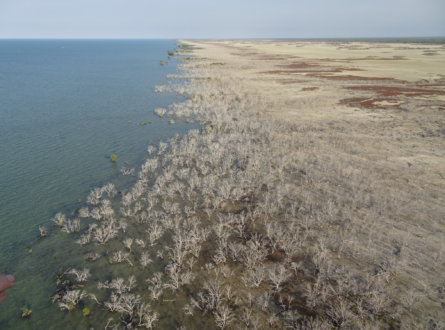
World Mangroves Day was 26 July! Did you know Australia is home to 7% of the world’s mangroves, with the […]

Northern Australia December 2020 update. We’re in the final months of the NESP Northern Australia Environmental Resources Hub and we […]
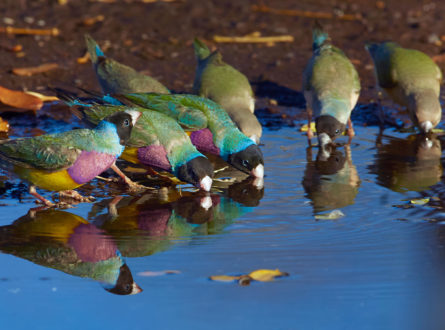
A new website teaching Top End school-aged children about using environmental DNA (eDNA) to detect the endangered Gouldian Finch was […]

Authors: Dr Viki Cramer, Northern Australia Environmental Resources Hub, and Dr Cathy Robinson (project leader), CSIRO Something for our […]
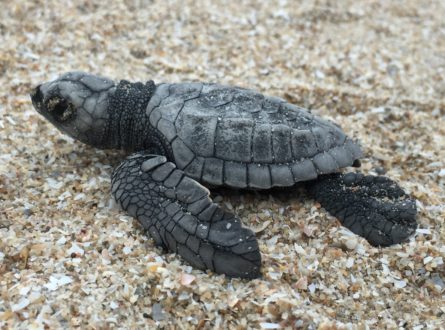
Teaming up for turtles Cloud and AI automate and accelerate turtle nest monitoring and predator tracking, allowing Indigenous rangers from […]
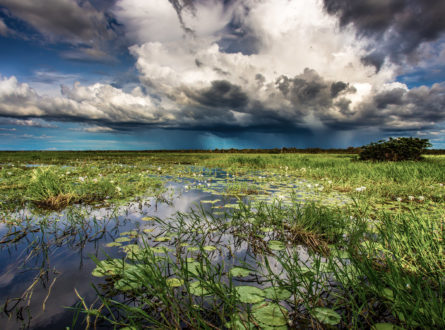
The University of Western Australia (UWA) will host a new Australian research hub to provide national leadership in threatened species […]
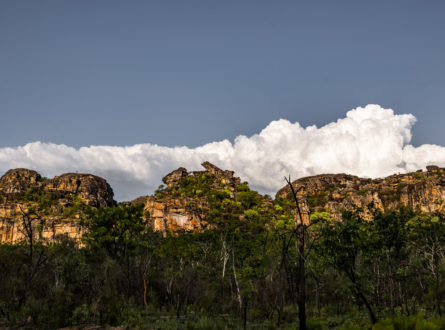
Northern Australia December 2020 update. We are delighted to share the news that the user-driven approach to research that has […]
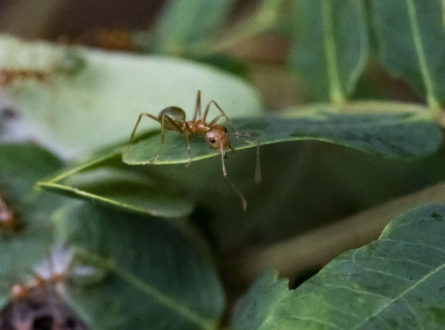
Ants and other animals key to tracking rehabilitation Studying ants and other animals is helping scientists in Australia’s north to […]
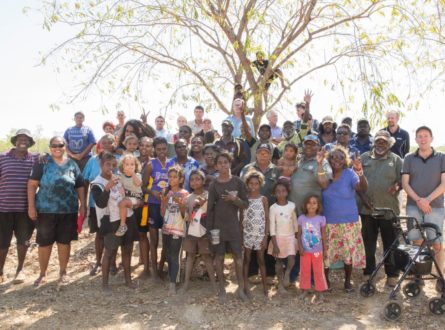
We’re honoured to have two finalists in the Best Collaboration in NRM category in the 2020 Territory NRM Awards. The […]

We have publicly released our free collection of 250+ symbols for all your science communication needs! DOWNLOAD THE SYMBOLS HERE […]

Indigenous-led science to co-manage Kakadu named as Eureka finalist An Indigenous-led science project solving complex environmental management problems in […]
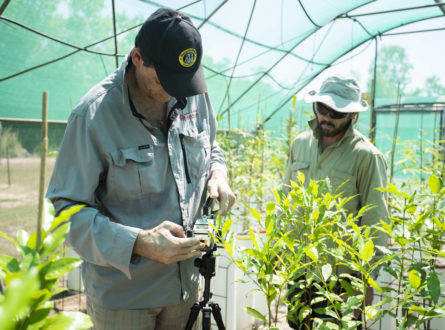
Our Hub research is user-driven. We want our research to be useful and delivered to decision-makers and land managers, so […]
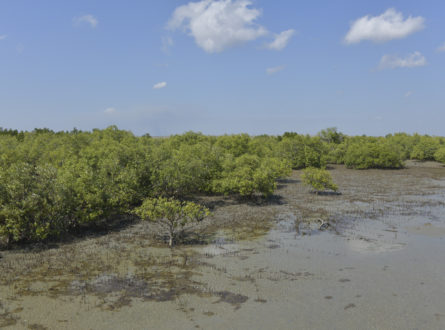
It’s Science Week! We’ll be sharing a few videos about our research in the Gulf of Carpentaria this week. The […]
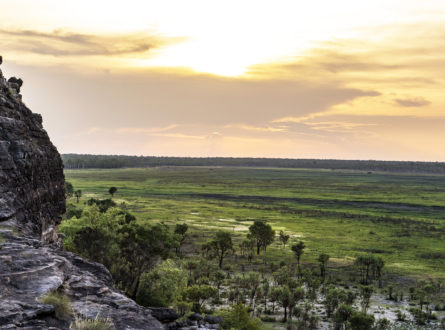
Melding science, Indigenous knowledge and technology in pioneering program [See original media release and more images at AI […]
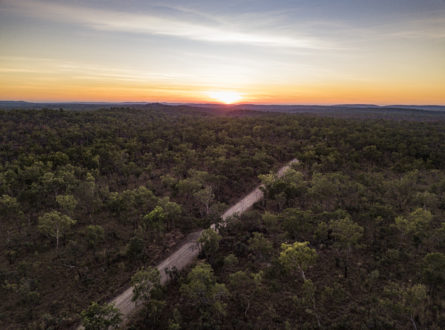
Northern Australia August 2020 update. Strengthening and appropriate sharing of knowledge has been an underpinning principle of all the NESP […]
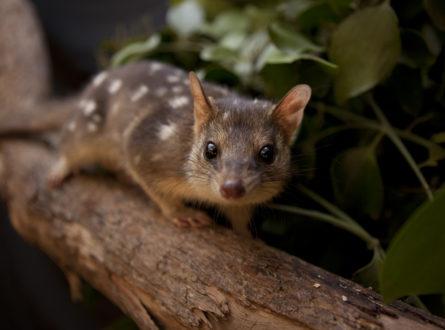
Only a few decades ago, encountering a bandicoot or quoll around your campsite in the evening was a common and […]

Our Hub research is user-driven. We want our research to be useful and delivered to decision-makers and land managers, so […]
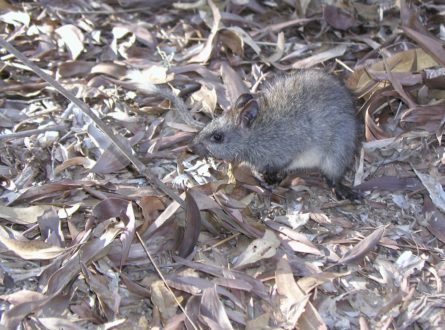
A new data portal from Hub researchers will allow free access to information on more than 1400 rare, threatened and […]
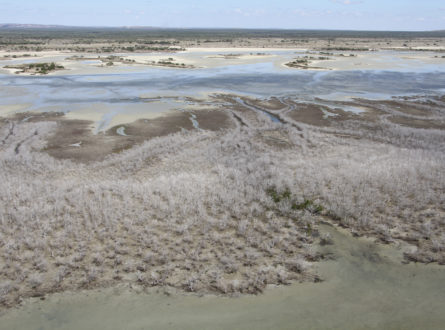
Since the unprecedented mangrove dieback in 2015, James Cook University’s Dr Norm Duke has been leading a multi-Hub NESP project assessing […]
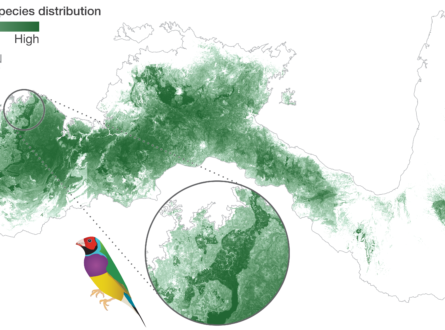
Northern Australia’s rich and unique biodiversity faces many threats including weeds, feral animals and inappropriate fire regimes. Gamba grass is […]
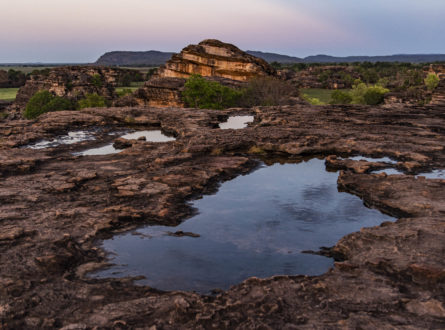
Northern Australia March 2020 update. Read about the Hub’s coronavirus pandemic response in our latest eNews, as well as our […]
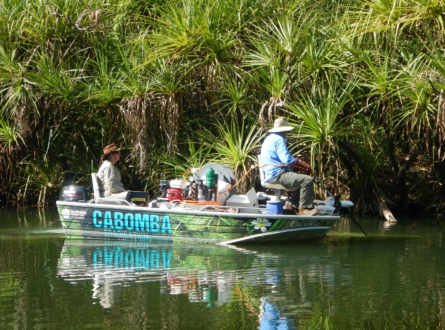
Aquatic field surveys in northern Australia are expensive, difficult and often dangerous, especially when saltwater crocodiles are present. But new […]
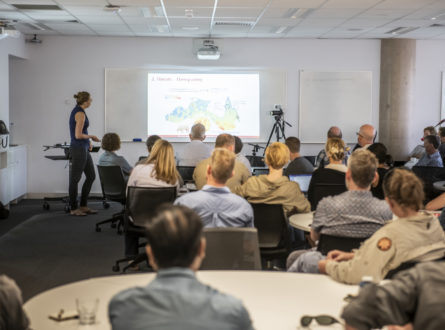
Hub researchers recently met for a workshop with NT Government policy-makers and regulators to share relevant research and solicit feedback […]

eDNA reveals where endangered birds of a feather flock together Top image: Minden Photos/Alamy Scrolling image: NT DEPWS Hub […]
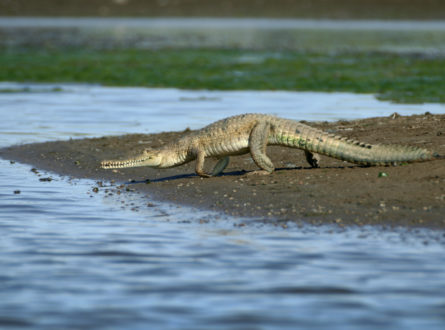
Australian freshwater crocodiles (Crocodylus johnstoni) are the largest freshwater predators on the continent. They are widespread across the northern tropics […]
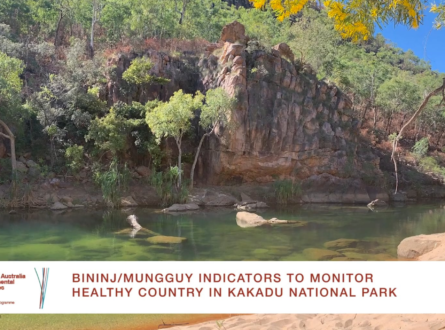
This new video from our project working in Kakadu with Bininj/Mungguy shares experiences of how technology can help monitor healthy […]
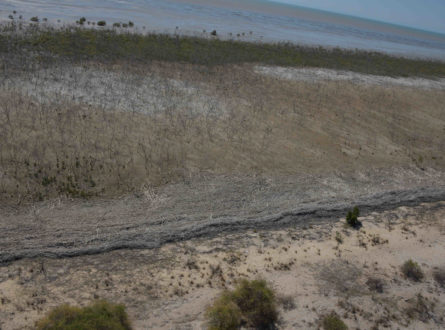
Piles of dead mangrove timber up to two metres in height are preventing new mangrove growth over vast areas of […]
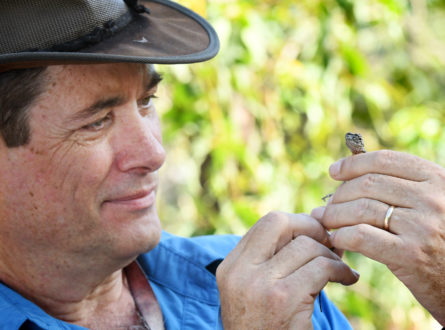
The rehabilitation of Ranger uranium mine aims to see the site eventually incorporated into the surrounding World-Heritage-listed Kakadu National Park. […]

A new approach to setting benchmarks for the return of fauna will allow rehabilitation managers to better assess the success […]
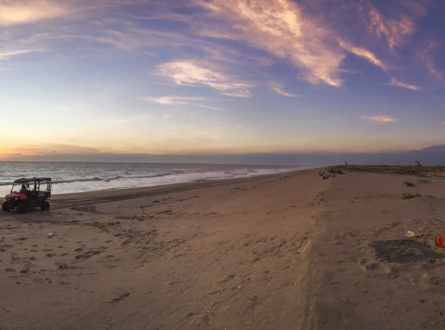
No one-size-fits-all approach to predators that plunder turtle nests. Protecting the nests of marine turtles from raids by pigs, dingoes […]
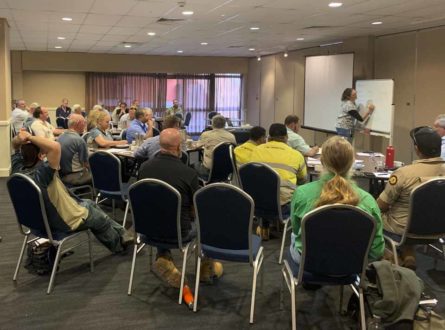
Improving gamba grass control on Cape York and throughout northern Australia was the topic of discussion at a two-day workshop […]
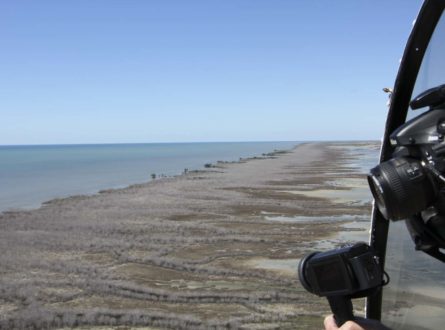
Hub researchers and Indigenous rangers have been working hard on the Gulf of Carpentaria’s coastline to assess mangrove recovery following […]
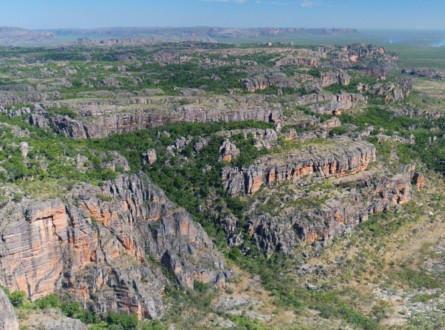
A new Hub project led by Graeme Gillespie from the NT’s Department of Environment, Parks & Water Security is trialling […]
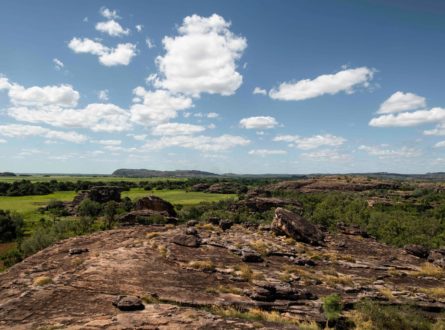
Together, Traditional Owners and researchers have identified indicators that they can use to monitor and evaluate the health of country […]

A revised look at tidal wetlands in remote northern Australia has uncovered a surprising new understanding of their responses to […]
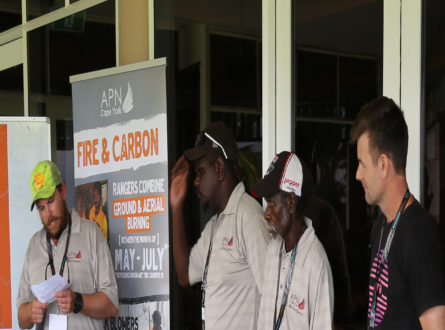
Working with Indigenous rangers in north Queensland Hub researchers Dr Justin Perry and Dr Norm Duke were invited to join […]
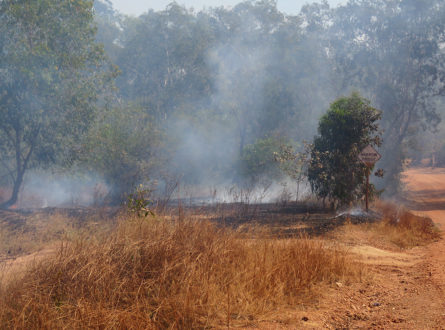
Hub research led by Dr Garry Cook of CSIRO will inform updates to the method used by the federal government to […]

Hub researchers from Charles Darwin University are at the forefront of using new eDNA technology to detect wildlife in the […]
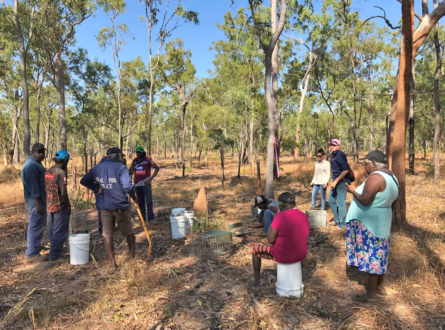
Aak Puul Ngantam (APN) invited Hub researchers from CSIRO to run scientific activities alongside cultural activities run by senior Traditional Owners at a five-day […]
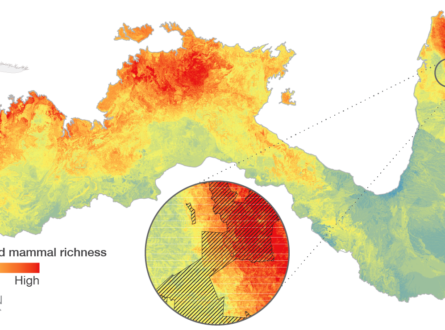
Northern Australia’s unique and rich biodiversity faces numerous threats but we have limited knowledge on the distribution of rare and […]

James Cook University scientists investigating an unprecedented mangrove dieback in the Gulf of Carpentaria three years ago are surveying the […]

Finding and monitoring rare and broadly dispersed animals like the beautiful and endangered Gouldian Finch can be a challenge in remote, data-poor […]

The NT’s Ranger uranium mine is set to cease operations in 2021 and by 2026, be rehabilitated to a state […]
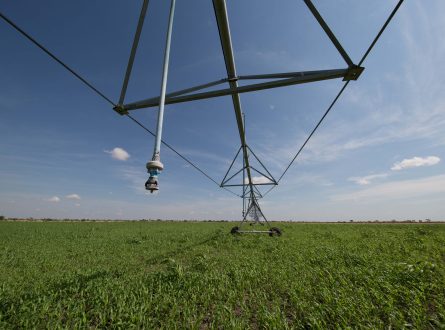
The Northern Australia Food Futures Conference was hosted by NT Farmers in Darwin this week. With a theme of ‘Science […]
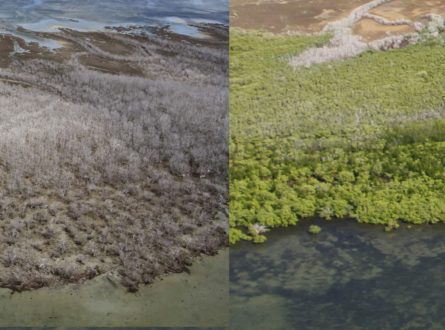
Mangroves support biodiversity and fisheries, protect shorelines from coastal erosion and storm damage, and store more carbon than terrestrial forests. […]
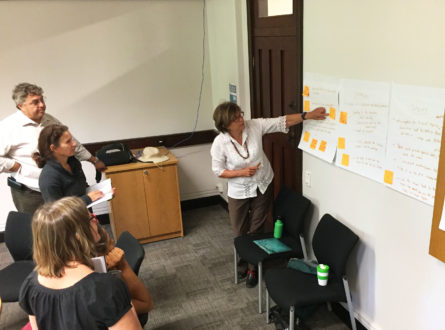
There is significant interest in expanding economic development in the Kimberley’s Fitzroy River catchment, and a suite of Hub research […]
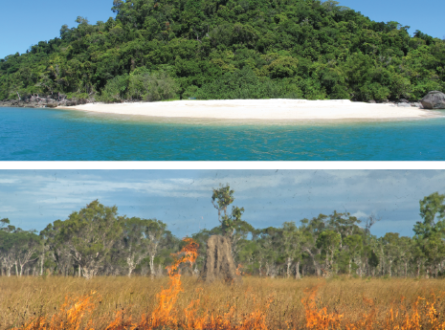
Two Northern Hub researchers travelled to Canberra in early November to highlight the impact of Hub research projects. Dr Helen […]
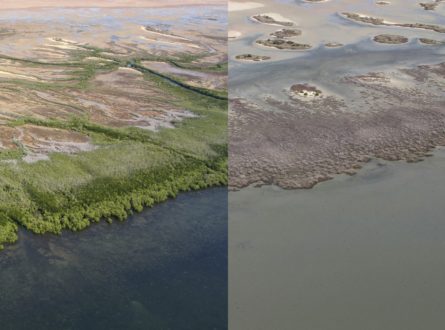
A James Cook University scientist will investigate an enormous dieback of mangrove forests in the Gulf of Carpentaria, two years […]
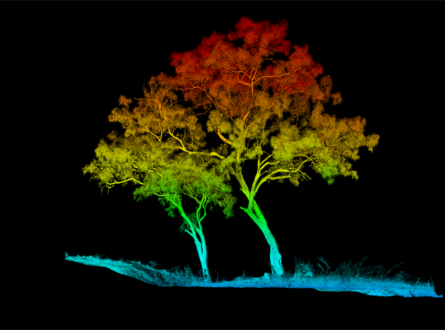
Emissions Reduction Fund (ERF) savanna projects allow land managers to minimise uncontrolled highly intense fires late in the dry season […]
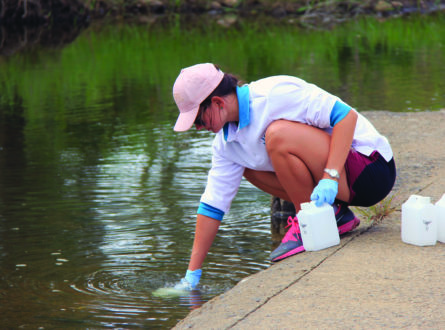
In northern Australia, detecting aquatic species can be difficult, labour-intensive and expensive, due to factors such as remote locations, expansive […]

